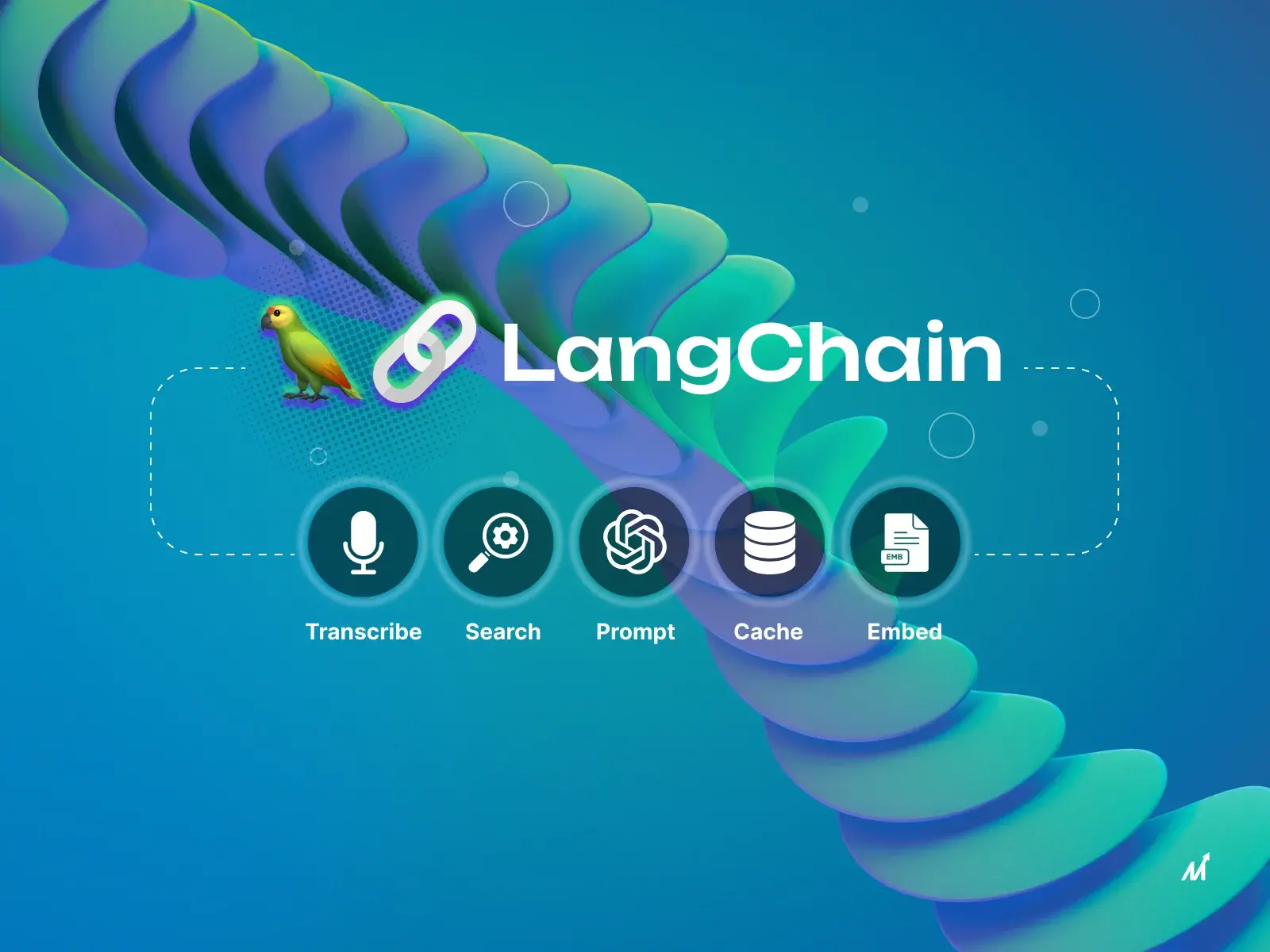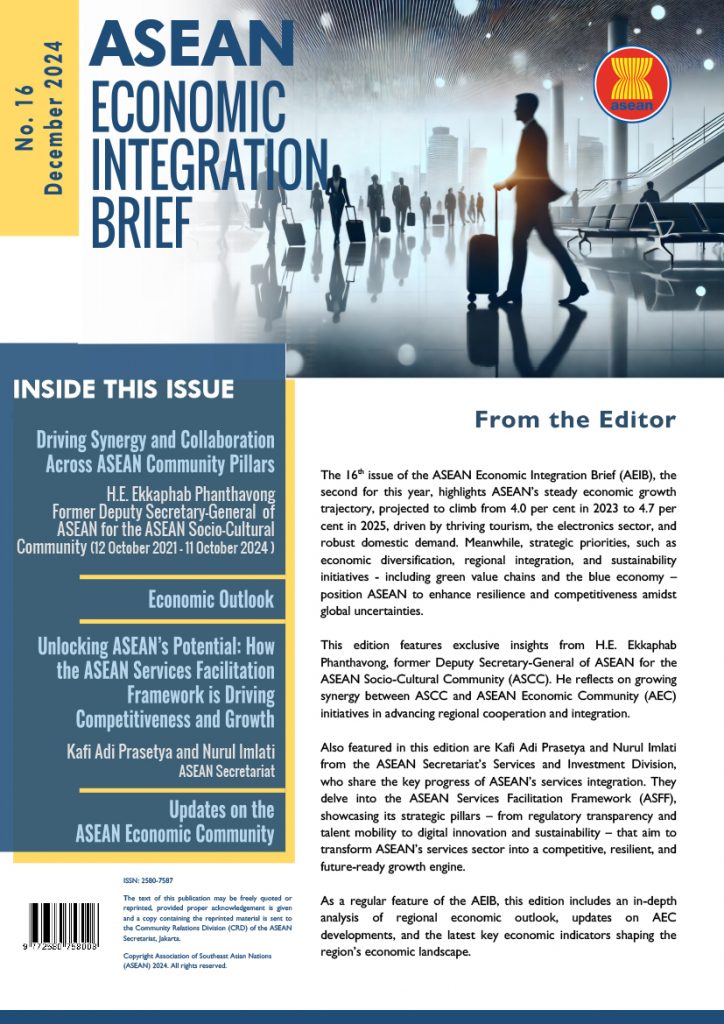LangChain is an innovative framework designed to unlock the full potential of large language models, enabling developers to build powerful LLM applications with ease. By providing a robust set of tools and interfaces, LangChain streamlines the process of working with state-of-the-art machine learning systems while maintaining flexibility across various programming languages.
In this blog post, we will delve into the key features and components that make LangChain stand out as a groundbreaking solution for leveraging language models. We’ll explore its abstraction capabilities, generic interfaces for foundation models, and how it integrates PromptTemplates and external data sources. Furthermore, we’ll discuss the advantages of using Hugging Face Hub or OpenAI GPT-3 within the LangChain ecosystem.
As we progress through this comprehensive guide on LangChain’s offerings, you’ll gain valuable insights into building applications with SimpleSequentialChains and memory persistence between calls. Lastly, we will cover agent evaluation techniques and optimization strategies to ensure optimal performance in your projects powered by this cutting-edge framework.
LangChain Framework Overview
The LangChain framework is an open-source solution designed to simplify the development of Large Language Model (LLM) powered applications, making it easier to build AI solutions.
Abstraction Capabilities
LangChain’s abstraction features allow developers to harness the power of different language models without worrying about their complexities, creating more robust and efficient AI-powered applications.
Generic Interface for Foundation Models
The framework’s generic interface supports popular language models like OpenAI GPT-3 and Hugging Face Transformers, streamlining the process of integrating them into your projects while ensuring compatibility with future advancements in NLP technology.
PromptTemplates and External Data Sources
LangChain’s PromptTemplates feature allows developers to construct prompts from multiple components, resulting in more accurate responses generated by AI agents based on user inputs or questions.
Streamlined Prompt Creation
With PromptTemplates, developers can create customized prompts that cater to the needs of various applications, achieving greater flexibility and control over the information fed into their AI models.
Integration with External Data Sources
LangChain also supports integration with external data sources like OpenAI GPT-3, enabling AI agents developed using LangChain to deliver highly relevant and context-aware answers based on real-time information available from these sources.
Hugging Face Hub and OpenAI GPT-3 Integration
LangChain supports both Hugging Face Hub and OpenAI’s GPT-3 generation options through its library, giving developers the flexibility to choose between different language model providers depending on their project requirements.
Choose Your Language Model Provider
- Hugging Face: Offers a wide range of pre-trained models suitable for various NLP tasks like text classification, summarization, and translation.
- GPT-3: Known for its powerful natural language understanding capabilities that enable advanced conversational agents and content generation applications.
Advantages of Using Hugging Face Hub or OpenAI GPT-3
The integration with these popular LLMs provides numerous benefits such as access to state-of-the-art models, continuous updates from the respective communities, and easy switching between providers based on project needs, resulting in more efficient development processes when building AI solutions using LangChain.
Building Applications with SimpleSequentialChains
Developers can use SimpleSequentialChains, which are combinations of several chains of operations that run pipelines, within the LangChain package itself, to simplify the process of composing complex systems from multiple components and create powerful question-answer systems.
Composing Complex Systems Using Sequential Chains
With SimpleSequentialChains, developers can build more efficient AI agents that perform tasks such as information retrieval, text summarization, and sentiment analysis by combining different chains in a sequential manner.
Handling Single or Multiple Queries Effectively
SimpleSequentialChains offer flexibility that enables AI agents to manage various user inputs effectively, ensuring accurate responses generated by Large Language Models (LLMs) like GPT-3 or Hugging Face models, whether it’s a single query or a series of questions.
Memory Persistence Between Calls
LangChain offers memory features that allow state persistence between chain/agent calls, resulting in more accurate and context-aware responses from AI agents during ongoing conversations.
Benefits of Memory Persistence in LangChain
- Context retention: AI agents can better understand user inputs and provide relevant answers based on past exchanges.
- User experience improvement: Users don’t need to repeat information or rephrase questions, leading to smoother communication and enhanced satisfaction.
Enhancing Conversation Handling with Memory Features
Memory features within LangChain allow developers to easily return valuable information pieces such as recent messages exchanged within conversations handled by these AI agents, working seamlessly alongside other components like PromptTemplates and SequentialChains.
Agent Evaluation and Optimization
LangChain provides standardized interfaces for evaluating AI agents developed using generative models, ensuring optimal performance and accuracy in real-world applications.
Standardized Interfaces for Agent Evaluations
Developers can utilize LangChain’s various standardized interfaces, including Question Answering prompts/chains, ‘This’ prompts/chains, and Hugging Face Datasets, to easily assess the quality of their AI agents throughout the development process.
Ensuring Optimal Performance and Accuracy
- PromptTemplates: Customize prompts with LangChain’s PromptTemplates to ensure better alignment between user inputs or questions and generated responses by AI agents.
- Data Source Integration: Integrate external data sources with LLMs for more accurate responses based on relevant information available outside the model itself.
- Evaluation Metrics: Leverage LangChain’s evaluation tools to measure AI agent effectiveness in terms of response relevance, coherence, fluency, etc., ultimately optimizing its overall performance.
LangChain – FAQs
What is LangChain and how can it help you?
LangChain simplifies the process of language models like Hugging Face and GPT-3 integration into your applications, making it easier to build, evaluate, and optimize AI agents with optimal performance and accuracy.
Is LangChain gaining popularity?
Yes, LangChain is gaining popularity among developers who work with cutting-edge technologies such as AI, ML, Web3, and Mobile, and its adoption is expected to increase as more organizations recognize its benefits in building robust AI-driven applications.
What models are supported by LangChain?
LangChain supports various foundation models including OpenAI’s GPT-1, GPT-2, GPT-Neo, and DALL-E, as well as the BERT model from Hugging Face Hub.
What’s the difference between PineCone and LangChain?
While PineCone focuses on vector search engines for similarity-based retrieval of items in large-scale datasets, LangChain is designed specifically for building and optimizing AI agents using generative models like GPT-3 and Hugging Face.
Conclusion
Looking for a powerful framework that provides abstraction capabilities, generic interfaces for foundation models, and memory persistence between calls? Look no further than LangChain.
With PromptTemplates and External Data Sources, constructing prompts and integrating external data sources has never been easier.
Take advantage of Hugging Face Hub and OpenAI GPT-3 Integration to stay ahead of the game in language model provision.
Compose complex systems with ease using SimpleSequentialChains, which allows you to handle single or multiple queries efficiently.
Ensure optimal performance and accuracy with Agent Evaluation and Optimization, which provides standardized interfaces for agent evaluations.























Discussion about this post